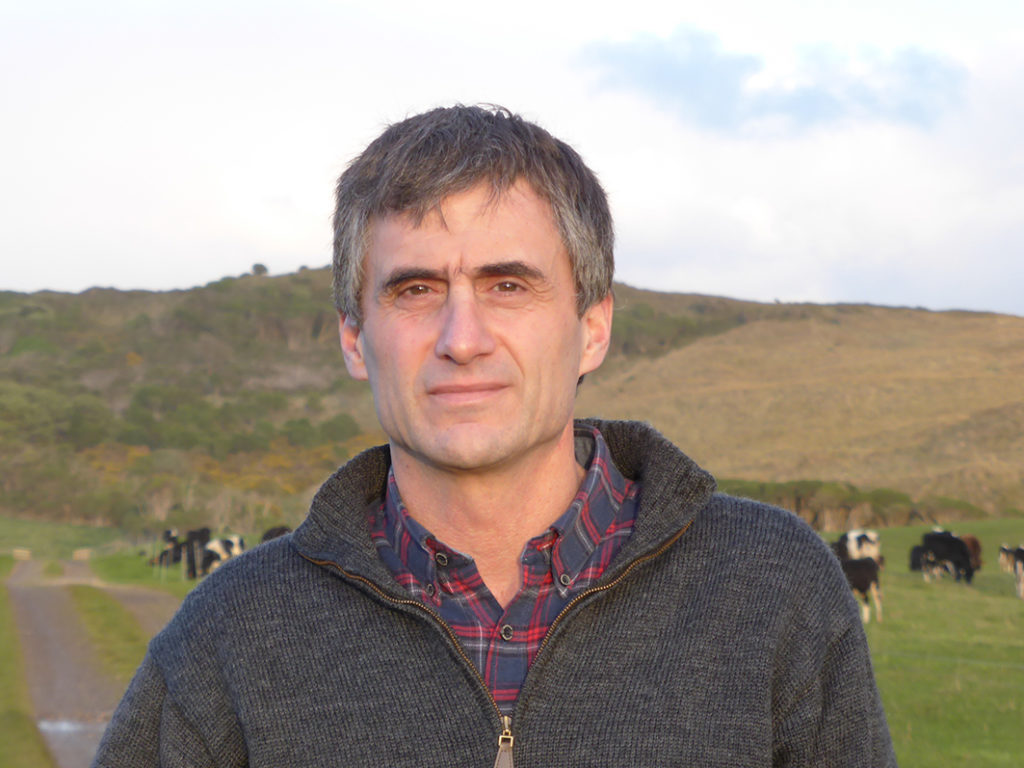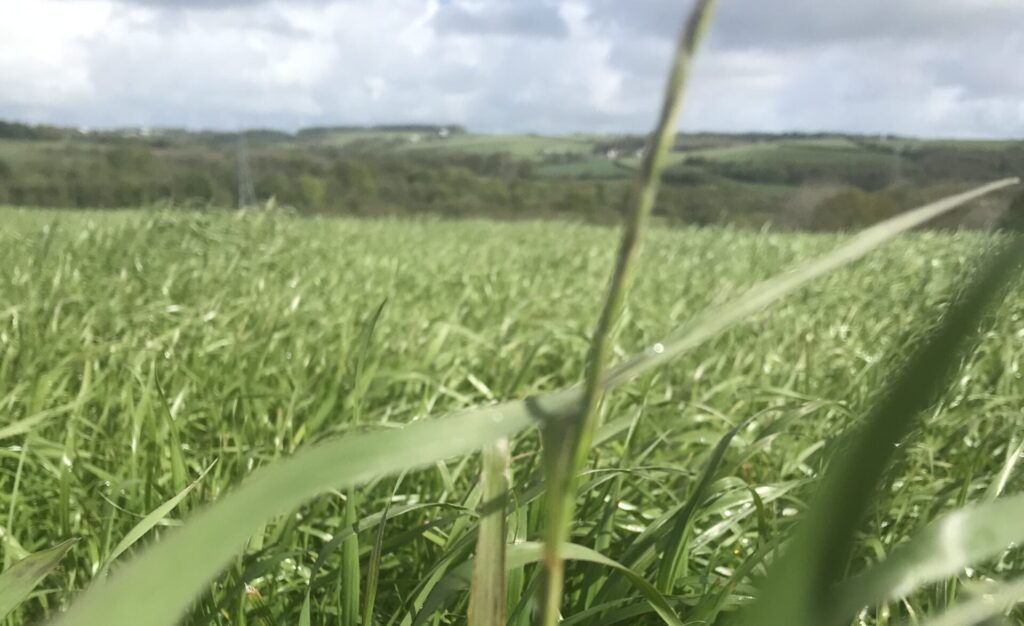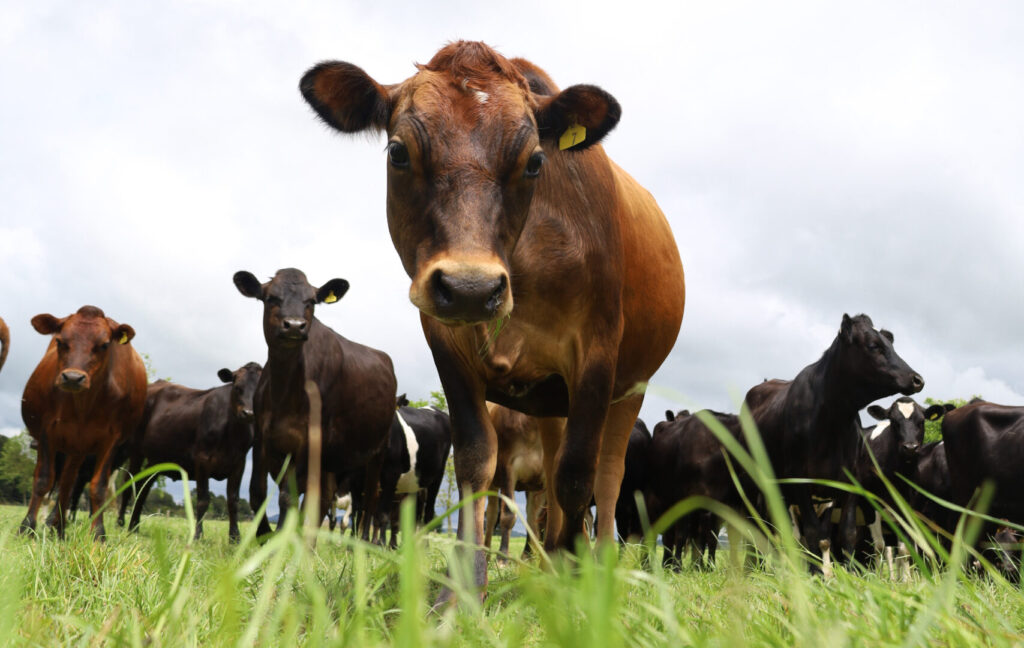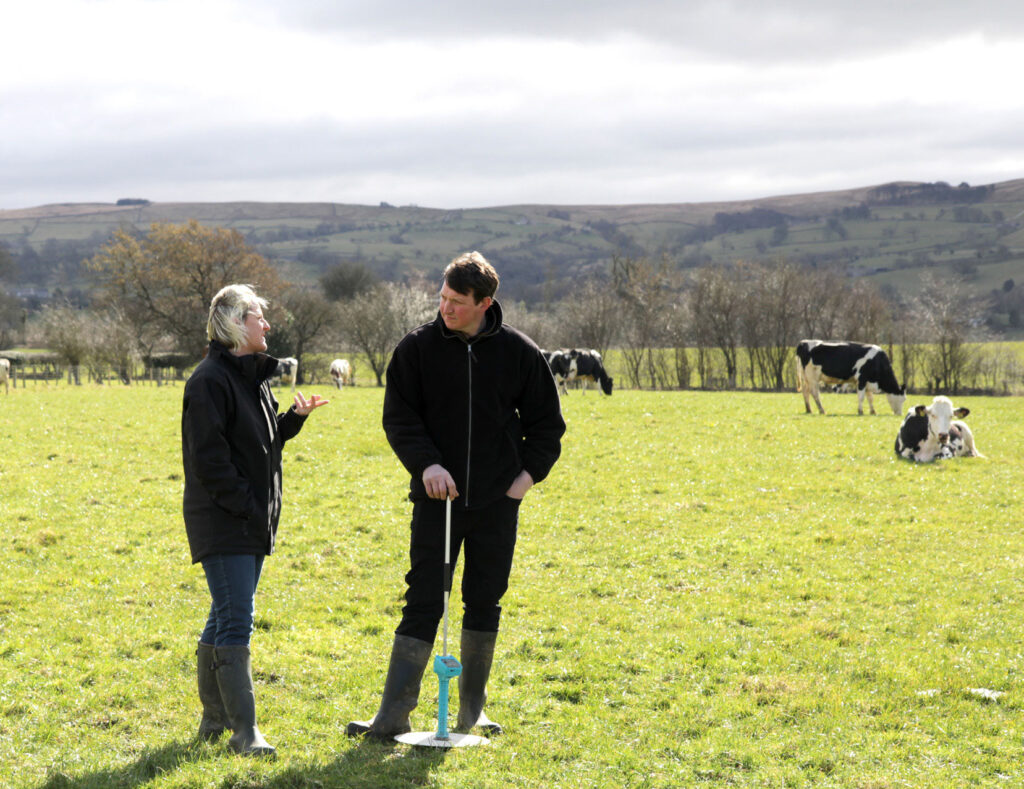Profitability trends of international pasture-based dairying, and what can the UK learn?

Our speaker is David Beca. David started his career in the beef and sheep industry, moving from general farm work to management, and then onto farm ownership with his wife Carlien, and equity partnerships with investors.
He moved into the dairy industry by converting some of the beef land into dairy farms, which subsequently led to him becoming a director of a cooperative dairy company.
After this he became a principal in an agricultural consultancy business start-up that developed operations throughout New Zealand, Australia and South Africa. Over this time David developed Red Sky, an agricultural business analysis and benchmarking software application, that had wide use across these three countries. Over the last 10 years he has held leadership positions in large corporate dairy, beef and cropping businesses with operations based in Australia, New Zealand, Uruguay, Chile, Romania, Poland and Russia.
This included three years living in Uruguay as CEO of publicly listed NZ Farming Systems Uruguay, and several years in Tasmania as CEO of Australia’s largest dairy farming business.
David has specialised in the areas of agribusiness management and production systems, including identifying and reporting on the primary drivers of productivity and profitability.
He has authored a number of economic and scientific papers in Australia and New Zealand, with these largely based on pasture production, farm production systems, and farm business profitability, as well as completing a range of significant projects and benchmarking studies in relation to dairy, beef and sheep production.
Listen to the webinar and check out the questions below.
What kind of pasture should we be growing? Does sward species/mix matter?
The important factor that has a strong correlation with profit is the volume of pasture harvest per hectare, and although this is described in dry matter terms, this is a default for total energy harvested. In average to cool temperate climates, ryegrass is the standout species in production terms so other than considerations around how much clover to include in the sward, most farmers should focus solely on ryegrass. Sowing competing pasture species in the one paddock normally complicates pasture management, so the focus should be on developing a dense sward of ryegrass (and clover) that out-competes other species including any weed species.
How might reducing our carbon footprint from milk production impact upon the optimum inclusion of pasture in the diet?
Carbon footprint is not an area of expertise for me. However, for most farmers, it they were to significantly increase the percent of pasture in the cows’ diet, then this would lead to a lower stocking rate and somewhat lower milk production per cow, though still the cows would be well fed and efficiently converting feed to milk. For many farmers, this would also include reduced areas of forage crop being sown and conserved as silage, as the demand for this forage would be reduced. So this combination of fewer cows per hectare, somewhat lower milk production per cow (less metabolism of feed), and a lesser area of forage crop being sown, should result in a reduced carbon footprint.
What is the best type cow for a heavy non free draining soil that is limited to 200 days on grass?
The ‘best’ type of cow will firstly depend on the percent of pasture in the diet, in particular for the 200 days spent on grass. If you have decided to target a high cost of production system with a lower profit margin (i.e. low pasture percent and high concentrate percent in particular), then a higher component of feedlot genotype cow (e.g. common in the US) would be appropriate. If you have decided to target a low cost of production system with a high profit margin (i.e. high pasture percent and low concentrate percent), then a higher component of pasture genotype cow (e.g. common in New Zealand) would be appropriate. Given you have heavy non-free draining soils, a lighter cow like a Jersey may well be favoured over a Holstein/Friesian, although another advantage of a pasture genotype cow is that it is a lighter, smaller stature cow compared to a feedlot genotype cow.
I want to change my system to a grass based can I do it with a 550kg cow without high empty rate and other problems. I am changing breeding policy but I know it will take time unless i sell a lot of cows which i dont want to do.
I would need to have more information about your present production system and farm performance to comment accurately on this, so please accept this answer as a generalised one. In almost all instances where the starting point has the herd grazing some proportion of its diet, farmers can move to increase pasture percent in the diet with their present cow genotype without a change in breeding policy, presuming their cows are presently performing efficiently. However, the possible change in percent of pasture in the diet might wisely be limited to 5%-10% at most i.e. moving from say 40% to 45%-50% pasture in the diet. This should still result in a significant improvement in financial performance. To make further increases in pasture percent in the diet, then it is likely to be important that cow genotype is changing. So ideally you would use semen from very strong pasture-genotype bulls, with this genotype being more pasture-based than you want to stabilise your production system at in the future, as this will allow you to make the most rapid change in your cow genotype given a more extreme pasture-based bull genotype will increase the rate of progress in the shortest timeframe. Breeding the cow genotype you require will almost always be preferable to the sale of an existing herd and the purchase of a replacement one, which I have never recommended to any farmer. An exception to these comments could be where the starting point is a herd being offered a 100% TMR (feedlot) diet and the cow genotype being close to 100% feedlot type. In this instance the conversion to a strongly pasture-based production system may be worth accelerating through the replacement of some, or all, of the herd with cows of a pasture genotype.
Is there any correlation between reseeding/overseeding to pasture grown. Is there an optimum time to stitch seed in?
I am not aware of any correlation between reseeding/overseeding to pasture ‘harvest’, which is the important relationship, rather than pasture ‘grown’, as the causal link to profit is the pasture consumed by livestock. The important factors linked to pasture harvest are firstly having the right stocking rate so pasture can be consumed (or at times conserved) at the optimum time, and then management ensuring pasture is allowed to get to just the right length pre-grazing (3 leaves or close to it), and then grazed with the one group of animals down to the optimum residual. This grazing management promotes a dense sward that should survive without reseeding/overseeding for many years in the UK. There is also an important correlation between pasture cost and profit. So the goal is not to increase pasture harvest at any cost, but to optimise pasture harvest at the lowest cost possible. Although there can certainly be a role for reseeding/overseeding to either improve the amount of pasture grown (and hopefully harvested), as well as potentially lengthening the life of the sward, if it is used to compensate for weaknesses in other facets of farm management, then it may not be contributing to improved farm performance. The best time for stitching seed into existing pasture is usually early enough in the autumn to make sure that 2 or preferably 3 grazings can be completed prior to soils getting too wet to allow for optimum grazing pressure to be applied, which is required to give the seedling plants every chance to get fully established.
For further help with your pasture management, contact one of our LIC representatives




